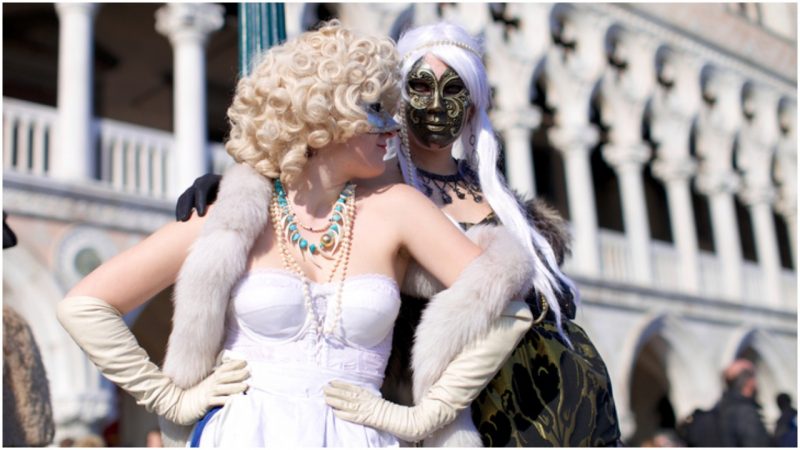Regarded as one of the most romantic locations on the planet, the Italian city of Venice draws in millions of visitors each and every year. It’s famous for its winding waterways, beautiful architecture, storied past, hundreds of bridges, and unique landmarks.
The city is especially popular as a honeymoon destination, but when we delve back into history, some aspects of life in Venice start to seem a whole lot less romantic.
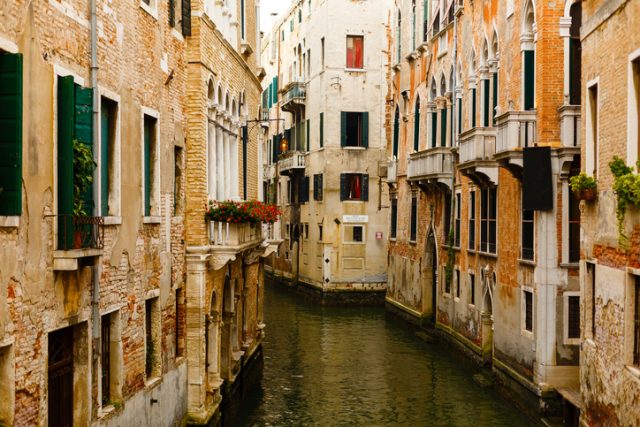
Each of the 400 or so bridges have been given their own names, with examples including the Ponte dell’Accademia, the Ponte dei Tre Archi, the Ponte dei Sospiri, and the Ponte dei Bareteri.
Then, there’s the Ponte delle Tette, which more or less translates to “Bridge of Breasts”. Located in the parish of San Cassiano in the sestiere of San Polo, this bridge seems relatively simple and unassuming at first glance, lacking any real distinguishing features or ornate carvings. However, it has a very fascinating story attached to it.
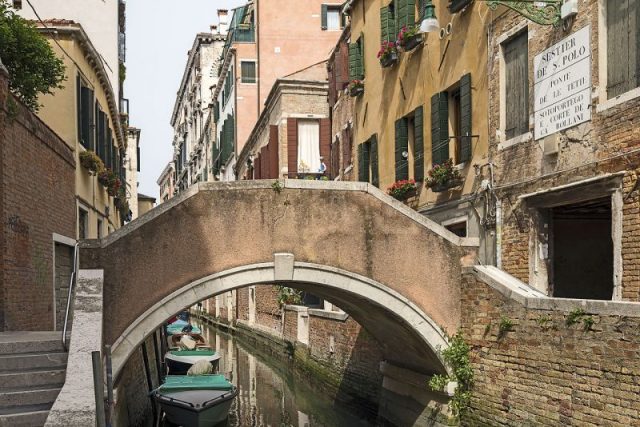
Venice is known in the modern era for its romantic aura, but in the Middle Ages and Renaissance periods, it was more famous for its prostitutes.
Back in those times, the authorities weren’t particularly pleased about the presence of prostitutes, but, as reported by io9, it was generally agreed that prostitution was at least a way for poor women to earn a living and for drunk young men to keep themselves busy without causing any trouble. Prostitutes also paid taxes, and the reputation of the city’s courtesans really started to develop over time.
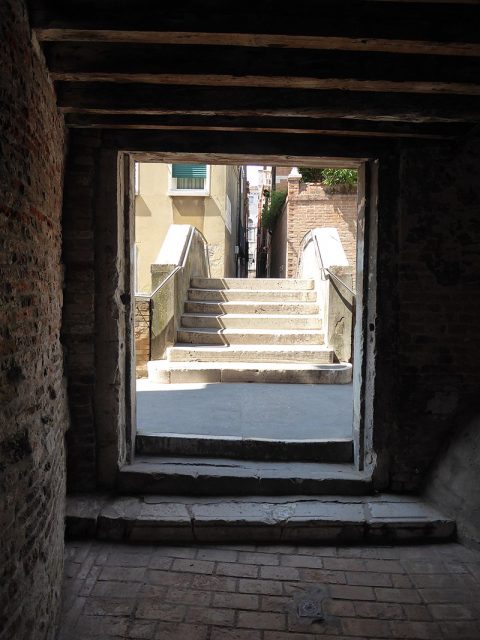
People would come to Venice from far and wide in search of the city’s prostitutes, and so, in the early 15th century, La Serenissima (The Republic of Venice) decided to implement an official decree restricting the areas where prostitutes could operate.
Once this decree was put into place, prostitutes were only allowed to work in certain areas and at certain times. They also had to wear a yellow scarf to distinguish themselves from other women, and could be punished quite severely for breaking any of the rules or curfews in place.
https://youtu.be/utw0IVJcGK0
It was commonly known at the time that not all of the prostitutes were women, and not all of the men heading to Venice were searching for female company.
At the time, however, the “sin” of homosexuality was punishable by death. In order to try and combat what they saw as a problem, the authorities came up with a very original, inventive, and unusual “solution”; they allowed prostitutes to expose their breasts on and around the Ponte delle Tette — and even paid them for doing so.
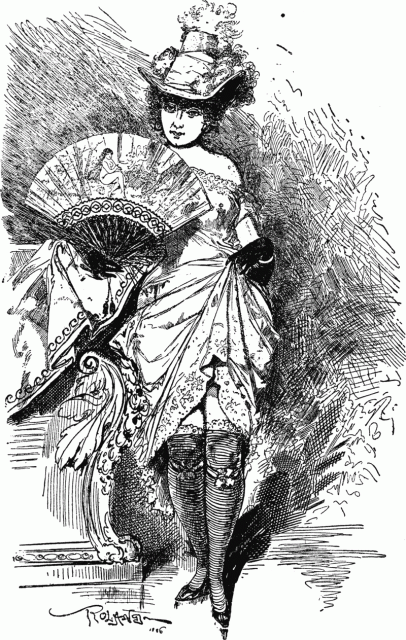
The idea was that any homosexuals potentially passing through the area might actually be dissuaded out of their own sexuality by the presence of so many alluring and exposed women.
The authorities believed that gay men could be lured in by these women and “cured” of their homosexual nature. It was good news for the female prostitutes, as it boosted their business.
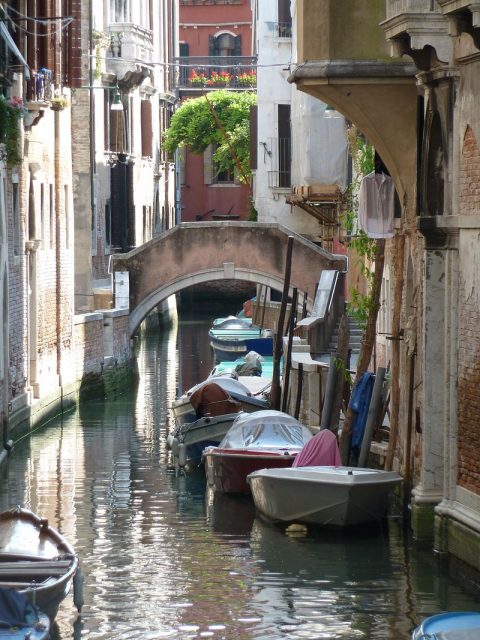
The system also meant that any male prostitutes dressing up as women would lose out on work as they wouldn’t be able to expose themselves.
In reality, knowing what we know about sexuality in these modern times, the scheme seems foolishly ridiculous, but it carried on for quite a while. It was only in the 18th century, when prostitutes were once again allowed to work elsewhere around the city of Venice, that the Bridge of Breasts lost its unique status.
